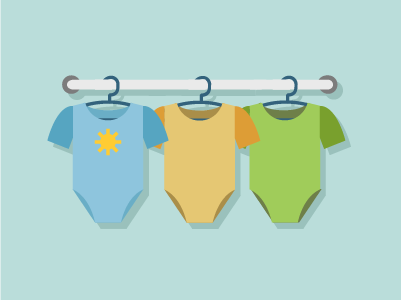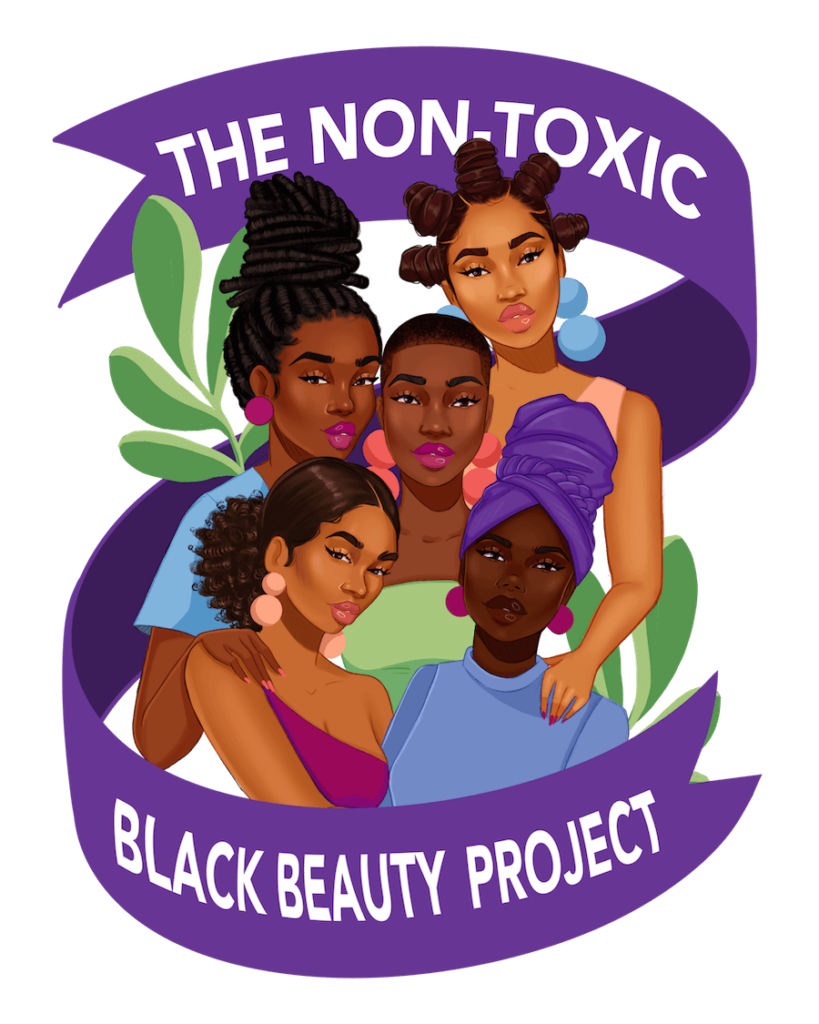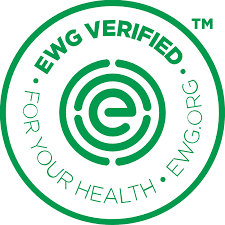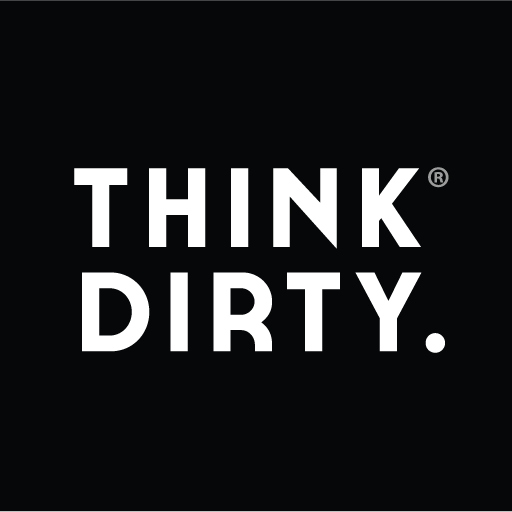Those adorable, colorful baby clothes you’re given or buy can in fact be wolves in sheep’s clothing–meaning they may look great but contain harmful chemicals that don’t belong on your baby. Here are some tips:
What To Avoid

Pesticides:Clothes made with conventionally grown cotton, wool or felt materials may have residues of certain types of Pesticides. Organically grown fabrics are healthier for people and for the planet. The Pesticides are intended to kill pests that might damage the crops or harm wools, but these chemicals can be poisonous to other insects, birds, and mammals – including humans! Often pesticide residues stay in cloth fibers and then release as the cloth ages. Exposure to some Pesticides can impact brain development and may contribute to lower IQs, birth defects, and developmental delays. Despite concerns about Pesticides in fabrics like wool and cotton, they are still healthier than artificial, often plastic-based, artificial fabrics such as rayon, Polyester and acrylic.

Flame retardants:Exposure to flame retardants, (particularly polybrominated diphenyl ethers, PBDEs) when babies are developing in the womb, and when children are young has been linked to poorer attention, lower fine motor skills, and lower IQs as well as a reproductive birth defect, Hypospadias. Research on whether or not these chemical additives effectively reduce flammability is mixed.

Perfluorochemicals:Perfluorochemicals (PFCs) are added to fabrics for durability, stain, and wrinkle resistance. Exposure to PFCs may impact brain development, reproductive health, and the immune system.

Formaldehyde:Formaldehyde, which is used to prevent shrinkage, can off gas and contribute to leukemia and cancers of the nose, throat, and sinuses.

Antimicrobials and antibacterials:Antimicrobial and antibacterial agents are made with chemicals that destroy or reduce germs. That sounds like a good thing, but these chemicals can be harmful to our health. One chemical released by some antimicrobials is formaldehyde, a substance that can cause cancer (a carcinogen). Exposure to some antimicrobials may increase the risk of cancer, reproductive and brain impairments, and contribute to allergies, asthma, and skin conditions such as eczema. The overuse of these chemicals is also creating new “Superbugs” that are resistant to antibiotics.

Synthetic dyes:Synthetic dyes used to color baby clothes, such as Benzidine-based dyes, have toxic properties as well. Exposures to these chemicals can increase risk for cancer and skin irritations.
Safer Choices
Gently used:Gently used baby clothes. Some chemical finishes can decrease after multiple washings. Plus, you’re recycling and reusing materials, which is far better for the environment and saves you money.

Untreated fabrics::Organic or untreated cotton, hemp, linen, or wool. These will be the least toxic because very few harmful chemicals are applied in the growing or manufacturing process (look for the Global Organic Textile Standard or GOTS label).

Natural dyes:Clothing with “natural dyes,” meaning dyes derived from organic plant sources without the use of synthetic chemicals.
Find Safer Products
Websites and Apps:
Clearya
Clearya is a free browser extension and app that notifies you when there are unsafe ingredients in your makeup, personal care, baby care, cleaning and other products, and helps you find safe products.
Clearya is a free browser extension and app that notifies you when there are unsafe ingredients in your makeup, personal care, baby care, cleaning and other products, and helps you find safe products.
Campaign for Safe Cosmetics - Nontoxic Black Beauty Project
They offer a list and database of non-toxic beauty products made and sold by Black-owned companies that are committed to toxic-free beauty and personal care products.
They offer a list and database of non-toxic beauty products made and sold by Black-owned companies that are committed to toxic-free beauty and personal care products.
Detox Me
This app allows you to scan barcodes on products to find relevant tips. They also offer a buying guide to decode product labels and find non-toxic alternatives.
This app allows you to scan barcodes on products to find relevant tips. They also offer a buying guide to decode product labels and find non-toxic alternatives.
Environmental Working Group (EWG)
EWG has a "Skin Deep" database that rates personal care and beauty products based on their safety and toxicity levels. EWG also offers a Healthy Living app that allows you to scan barcodes and find safer products.
EWG has a "Skin Deep" database that rates personal care and beauty products based on their safety and toxicity levels. EWG also offers a Healthy Living app that allows you to scan barcodes and find safer products.
Think Dirty
This app and website allow you to scan or search for personal care products to see their ingredient safety ratings.
This app and website allow you to scan or search for personal care products to see their ingredient safety ratings.
